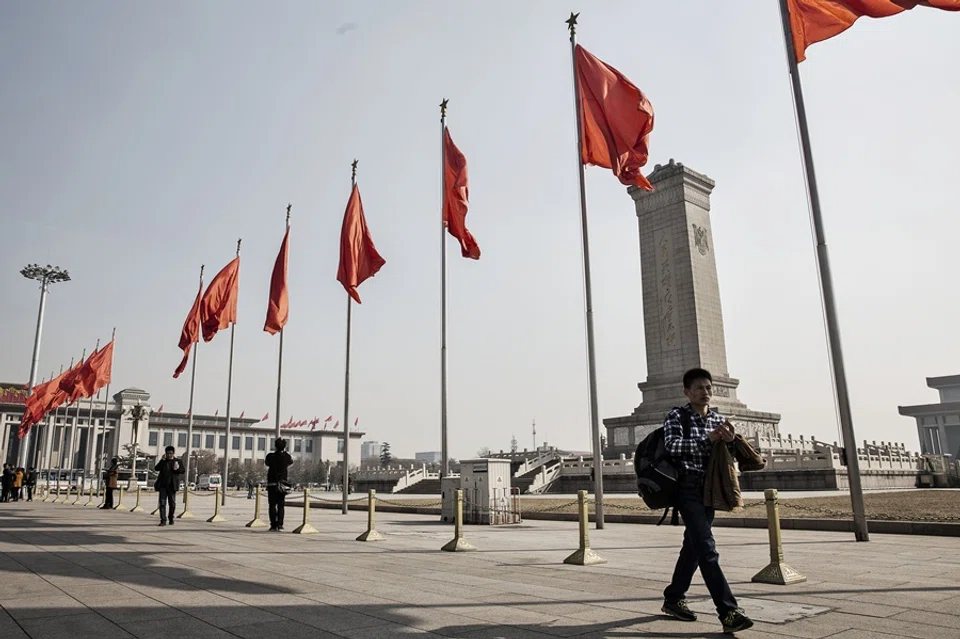China’s Leadership Meets to Set New Five-Year Plan — Decisions Likely to Reshape Global Economy Again

China’s top leaders are meeting in Beijing this week to draft the country’s next Five-Year Plan — the national roadmap that will guide economic and technological policy from 2026 to 2030.
Unlike Western systems that follow election cycles, China’s economic direction is set through these planning cycles, and past plans have repeatedly transformed the global economy.
Why this meeting matters
The Plenum of the Chinese Communist Party’s Central Committee will signal China’s strategic priorities — from technology and trade to national security and energy. The final plan will be published in 2025, but early outlines are expected this week.
Analysts say Five-Year Plans do far more than set goals — they tell state banks, ministries and industries where capital, talent and resources must go.
How past Five-Year Plans changed the world
1) 1981–84 — “Reform and Opening Up”
Deng Xiaoping used the plan to open China to markets and foreign investment.
Special Economic Zones triggered mass factory growth, shifting global manufacturing to China and wiping out millions of jobs in Western industry — a shift often called the “China shock”.
2) 2011–15 — Rise of “Strategic Emerging Industries”
To avoid the “middle-income trap”, China invested heavily in green tech, EVs, solar and rare earth supply chains.
Today China dominates batteries, EV exports and key minerals — giving Beijing leverage over climate tech and advanced manufacturing worldwide.
3) 2021–25 — “High-Quality Development” under Xi Jinping
Beijing pivoted from low-cost scale to cutting-edge tech: AI, chips, semiconductors and national security.
Export controls, US tech bans and China’s push for self-reliance have now turned technology into a geopolitical battleground.
What to expect in the next plan (2026–2030)
Experts say the new plan will likely:
- Double down on tech self-sufficiency in chips, AI and computing
- Reduce reliance on US and European suppliers
- Strengthen national security as an economic goal
- Expand control over rare earths and strategic minerals
- Push “new quality productive forces” — a Xi-era phrase meaning homegrown innovation at the frontier
Neil Thomas of the Asia Society says the shift is ideological as well as economic:
“The aim is to ensure China is never again dominated by foreign powers.”

